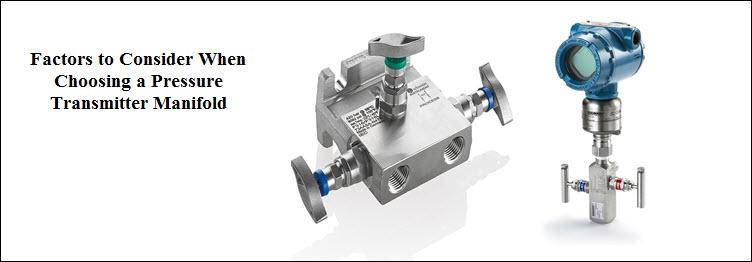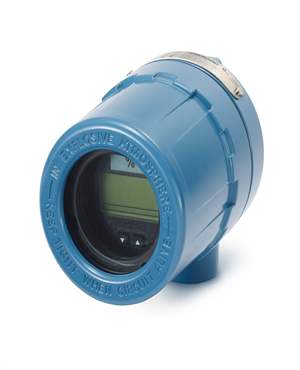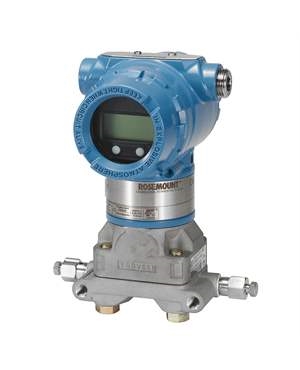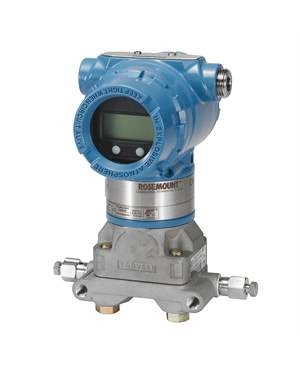Factors to Consider When Choosing a Pressure Transmitter Manifold
Brian Craig
May 23, 2019
Physical parameters such as pressure and temperature are crucial in some industries such as oil & gas, chemical, wastewater, petroleum, pharmaceutical, and food & beverages. In most of these industries, pressure needs to be monitored, controlled, and maintained continuously or till a certain process stage is over. Hence, pressure transmitters are used in these industries. In most industries, different types of pressures need to be measured and controlled depending upon the requirement. These include differential pressure, gauge pressure, absolute pressure, and so on. Hence, most players prefer to use a pressure transmitter manifold. A manifold is a monolithic device, which can be connected to multiple valves. This enables the user to perform multiple functions in one go with this monolithic device. This post discusses the factors you should consider when buying a pressure transducer manifold and its benefits.

Things to Look for in a Pressure Transmitter Manifold
Based on the requirement in your industry and the application, you may want to consider the following factors when choosing a pressure transmitter manifold:
- System pressure changes and fluctuations: Consider the system in your industrial unit and the pressure fluctuations it undergoes.
- Valve design and the number of valves you require: The number of valves would depend upon your industrial process requirement, the types of pressures you need to measure, and the repeatability. The valve design would depend upon parameters you require such as analysis, flow control, testing, and controlling leakage, as well as other safety concerns.
- Characteristics of the fluid in question: The physical properties of the fluid also need to be considered. These include the type of fluid, volatility, reactivity, temperature, boiling point, and so on.
- Level of accuracy defined by the manufacturer: Most industrial devices undergo rigorous testing in various manufacturing stages. . Similarly, when buying the pressure transmitter manifold, ask the manufacturer about the sample size of the fluid they considered when testing. Also, enquire about the statistical methods used and the number of readings taken. Other parameters such as the pressure range the manifold can operate in, and if it can withstand harsh and reactive fluids will be mentioned on the pack.
- Accuracy levels are tested in industrial environments rather than just lab conditions: The accuracy levels of instrument manifolds defined as per the lab conditions may not suffice the harsh environmental conditions the apparatus is subjected to, such as dirt, heat, and so on. This testing must include accuracy levels with respect to other physical parameters such as temperature, humidity, vibration, noise, and so on. So, when buying, you should the manufacturer regarding the testing process details.
- Safety features: Inquire about the safety features installed. Check what happens if the pressure goes beyond the defined limit, and what measures need to be taken in such cases. This will ensure the safety of operators, as well as prevent production losses.
- Seals for plugged lines: There are several pipelines that run from the main tap to the transmitter. If there are delays in maintenance, there may be sediment collection, which can lead to clogged pipes. Also, if you are located in a cold region, the pipes may get frozen in winters. In these scenarios, a remote seal system, wherein a sensor captures the information from the pressure transmitter helps. These remote seals also help prevent contamination and clean the connection points.
Benefits of a Pressure Transmitter Manifold
A pressure transmitter manifold helps save cost, time, and infrastructure. Aside these, there are some other benefits too:
- A manifold is installed as a monolithic device serving multiple functions of pressure measurement and control.
- This saves on cost, time, and space.
- A manifold considerably reduces the number of joints and connections, thus minimizing the possibility of leaks, as well as wear and tear.
- You can customize the layout and fit it in the smallest of spaces.
- They can be mounted in various ways as per the requirement.
- They help save maintenance costs and ease the flow metering process owing to fewer connections.
- This integrated manifold can be used with differential pressure transmitter in various flow meter applications, thus removing the need for a transmitter flange.
Are you looking for a pressure transducer or any other instrument manifold? Ensure you check the features, certifications, and the reputation of the manufacturer as well as supplier. The Transmitter Shop (TTS) has a huge inventory of ready-to-ship transmitters and accessories made by globally-recognized manufacturers and they provide calibration services using SI-traceable units.
Related Posts
- What are the Steps Involved in Calibrating Pressure Gauge?
- All Important Questions on Reconditioned Transmitters Answered
- Is Remanufactured Transmitter a Better Option than a New One?
- Differential Pressure Transmitters: How Do They Help in Flow Measurements?
- 3 Whats that Explain How Often You Should Calibrate Pressure Transducer
- Guidelines for Troubleshooting Pressure Transducers
- Learn How to Calibrate a Pressure Transmitter – II
- Learn How to Calibrate a Pressure Transmitter
- Know Three Interesting Uses of Pressure Transmitters
- Things to Check before Buying a New Pressure Transmitter
- A Look at Various Types of Industrial Transmitters – Part II
- A Look at Various Types of Industrial Transmitters Part I
- All Questions on Smart Transmitters and their Calibration Answered
- 3 Major Pressure Transmitter Technologies That Made the Device Popular
- An Unconventional Guide to Selecting the Right Pressure Sensor
- Factors To Be Considered While Differentiating $40 and $400 Pressure Transmitters
- Tips to Augment the Performance and Service Life of Pressure Transmitter
- Factors of Consideration When Choosing Pressure Transmitters
- 5 Most Popular Pressure Transmitter Technologies
- Tips to Improve the Performance of Pressure Sensors
- Factors to Consider When Choosing a Pressure Transmitter Manifold
- Safety Tips for Differential Pressure Transmitter Operation
- Impact of Shock and Vibration on Pressure Transducer
- Rosemount 3051S vs 3051C Transmitter – What is Your Choice?
- Rosemount 2088 Vs Rosemount 3051 – A Few Points of Differences Discussed
- Difference in Conventional Transmitters and Smart Transmitters
- How to Choose Diaphragm Seals for Your Application?
- How to Select Pressure Transmitter for Your Application?
- Remote Seals: Significance, Working Principle & Applications
- How Do You Calibrate A Flow Transmitter?
- What is Absolute Pressure Transmitter & how does it work?
- HART Communication Protocol: Overview, Working Principle, Benefits in Industrial Automation
- Absolute and Gauge Pressure Transmitters - Overview and Working Principle
- Flow Meter vs Flow Transmitter: Know the Difference
- How Do You Test for 4 to 20mA Signal in a Pressure Transmitter?
- Multivariable Transmitter: What Is It and How Does It Work?
- Pressure Transmitters vs. Pressure Transducers: Learn the Differential Characteristics
- Procedure to Calculate Accuracy of Pressure Transmitter Discussed
- Testing Pressure Gauges: Processes of Verification Test and Functional Test
- An Ultimate Selection Guide for Flow Transmitters
- The Benefits and Challenges of HVAC System Balancing
- Fluid Flow Isolation Techniques for Pressure Instrumentation
- Understanding Pressure Ranges and Units for Fluid System Monitoring
- Understanding the Impact of Pressure Fluctuations on Drying Performance
- Monitoring and Controlling Energy Production in Power Plants
- Common Challenges in Air Flow Measurement and How to Overcome Them
- Pressure Monitoring in Pump Systems: A Comprehensive Guide
- Exploring Density and Viscosity Measurement in Industrial Processes
- Pneumatic Pressure Controllers: A Safe Choice for Hazardous Areas
- A Practical Guide to Vacuum Measurement and Operation
- Key Sensors for Monitoring Emissions in Wet and Dry Scrubber Systems
- Complete Hydrogen Gas Safety and Measurement Solutions
- Steam Boiler Drum Level Measurement A Comparison of Control System Technologies
- Furnace Flame Sensor Faults Everything You Need to Know for Safe Operation
- Comparison between Multi Valve Manifolds Block Valves and Bleed Valves
- Furnace Flame Sensor Faults Everything You Need to Know for Safe Operation
- Pneumatic Pressure Controllers: A Safe Choice for Hazardous Areas
- How Can Greenhouse Gas Emissions Be Reduced?
- A Practical Guide to Vacuum Measurement and Operation
- Understanding Electrochemical Detection: Principles, Techniques and Environmental Application
QUICK ENQUIRY







